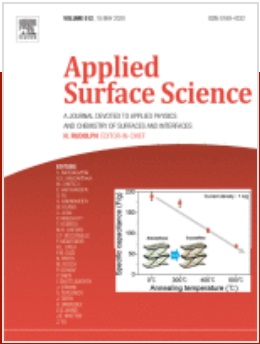Islands and thin films of metal oxides grown on metal single-crystal supports constitute well-defined model systems for studying elementary steps of catalytic reactions that take place at the surface of metal-oxide catalysts. Fundamental studies carried out under idealized ultra-high vacuum (UHV) conditions have to be, however, linked to the industrial ones by overcoming the so called “pressure gap”. In the case of oxidation reactions, experiments using high (millibar) oxygen pressures or moderate pressures of highly oxidative gaseous species (such as atomic oxygen) are commonly performed to bridge (at least partially) the two catalytic worlds. We studied the structural changes that occur in ultrathin iron monoxide (FeO) islands and films grown on single-crystal Ru(0 0 0 1) substrate upon exposure to atomic oxygen. The results reveal that room-temperature exposure leads to the formation of oxygen-rich and structurally ill-defined iron oxide and ruthenium oxide species. The transformation can be, however, reverted by vacuum annealing. Exposing FeO/Ru(0 0 0 1) to atomic oxygen at 700 K leads, on the other hand, to an irreversible transformation of the iron oxide to a Fe2O3-like phase. The results contribute to the general understanding of the oxidation reactions over metal-oxide catalysts.
